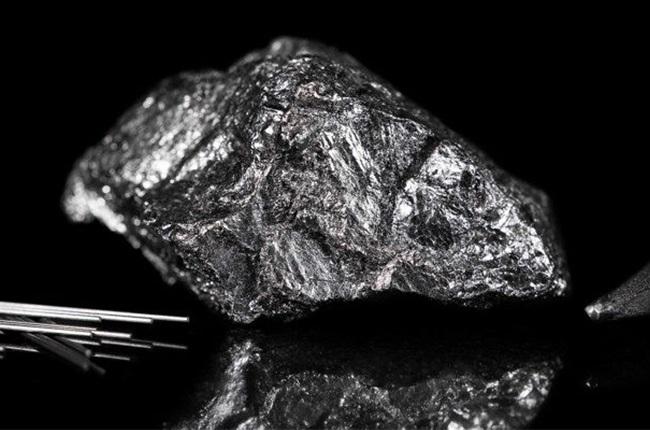Africa-Press – Mozambique. Mozambique expects to produce more than 329,040 tons of graphite next year, an increase of more than 180% compared to this year’s performance, according to government forecasts.
In a document supporting the 2024 State Budget Economic and Social Plan (PESOE) proposal, which Lusa has accessed today, the government states that graphite production “will increase significantly” next year.
For the estimate, the document reads, the plans of the two companies which produce this mineral were considered, despite the fact that by the first half of 2023 there was “a realisation of 22%”, due to the “weak demand for this ore in the international market “, which led Twigg Exploration and Mining (a subsidiary of Syrah Resources Limitada), the largest producer, “to temporarily interrupt its mining and processing activities in the months of May and June”.
The estimated production of 329,040 tons of graphite in 2024 represents an increase of 180.2% compared to what is expected for this year, according to government data included in the report, which will be discussed and then voted on in the VIII ordinary parliamentary session, to take place in Maputo from October 19th to December 21st.
Mozambique produced 120,000 tons of graphite in 2020, a performance that fell to 77,116 tons the following year, while estimates for 2022 and 2023 were, respectively, 182,024 and 117,416 tons.
The Mozambican Ministry of Mineral Resources and Energy admitted, at the end of August, that the decision by the Australian mining company Syrah to suspend graphite production in the country compromises the state’s quantity and revenue targets.
The Australian mining company Syrah Resources had announced on July 18 that it produced 15,000 tons of graphite for electric car batteries in April, which it exports from Balama district, Cabo Delgado province, northern Mozambique, having interrupted production the following month due to ‘stocks’ and prices in international markets.
“Balama plant operations were paused, resulting in no production, in May and June 2023 due to volatile Chinese anode market conditions and good availability of finished product inventory,” reads Syrah’s second quarter activity report, which estimates costs of US$4 million (€3.5 million) for each month of the unit’s closure.
Speaking to Lusa in Auguts, the national director of Geology and Mining of Mozambique, Cândido Rangeiro, pointed out that the measure could compromise this year’s graphite production projections and the revenue for the state generated by this ore.
Without specifying numbers, Rangeiro said at the time that the impact could be “considerable”, taking into account that Syrah is the largest graphite miner in Mozambique, ahead of GK, which exploits graphite in Ancuabe district, also in Cabo Delgado.
“This company [GK] did not inform us of any stoppage, perhaps because it produces for a parent company in Germany,” which did not instruct its subsidiary in Mozambique about any decision regarding its operation in the north, Rangeiro added at the time.
READ: Mozambique: Mining Co. decision to stop graphite production may hit revenues – National Director of Geology and Mines
Syrah’s Balama mine began commercial production four years ago and hit the spotlight in December 2021, when Syrah announced it had signed a four-year deal to supply graphite anode materials to electric carmaker Tesla from Syrah’s Vidalia plant in the U.S. state of Louisiana, which will use graphite from Mozambique’s Balama mine, the largest high-grade graphite deposit in the world, according to the Australian company itself.
For More News And Analysis About Mozambique Follow Africa-Press






